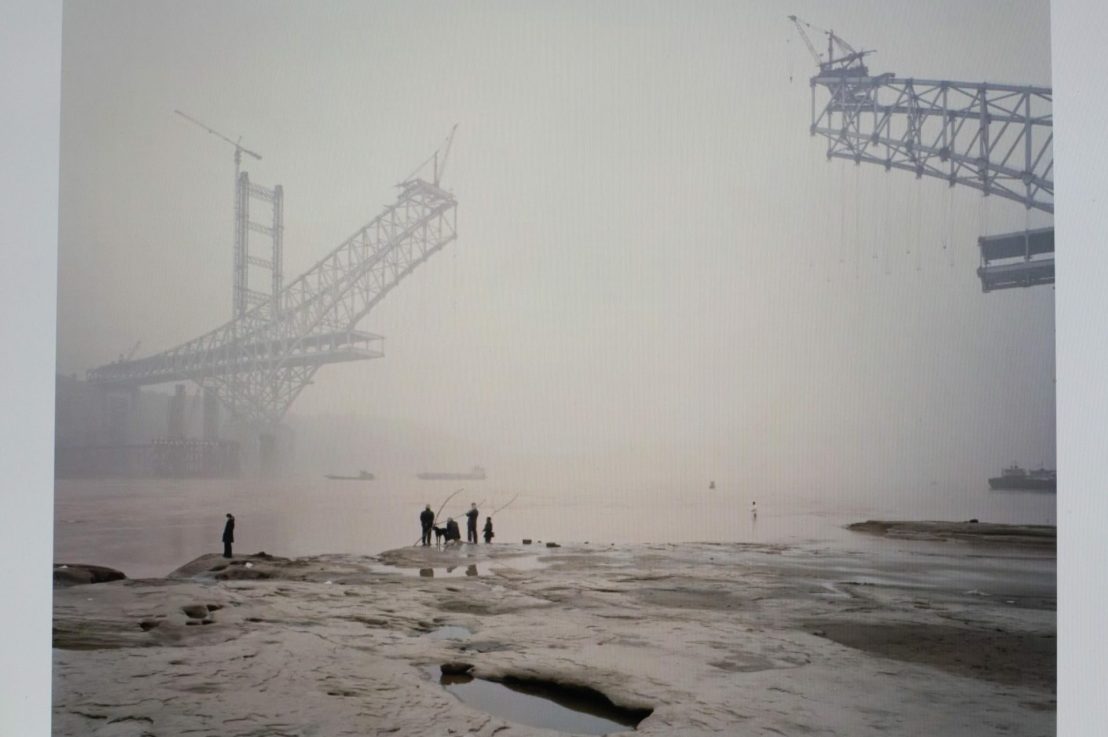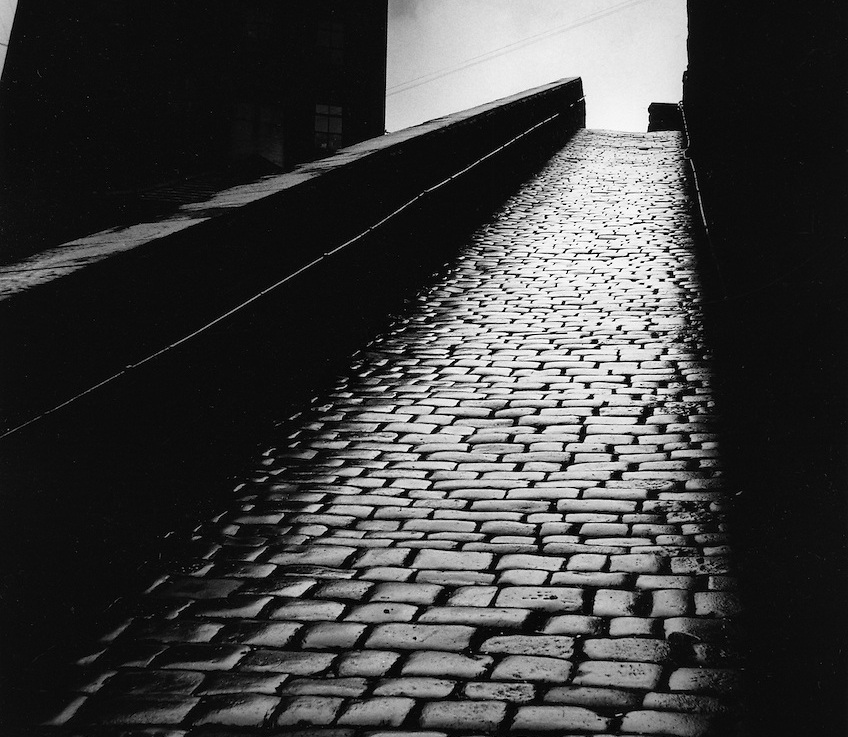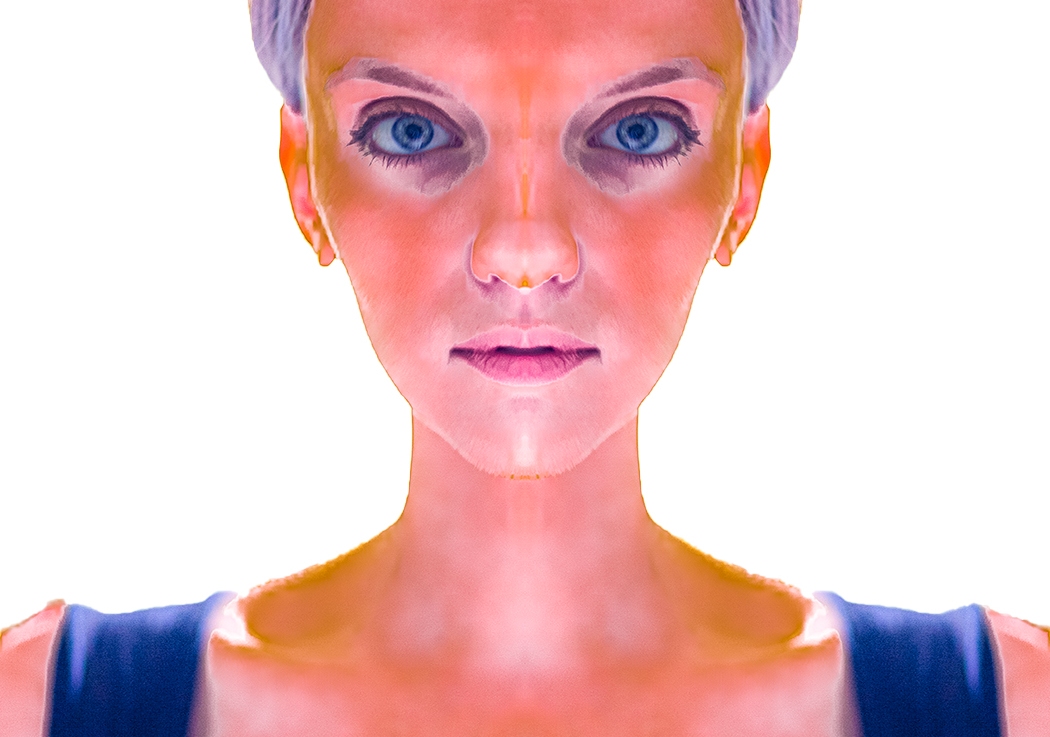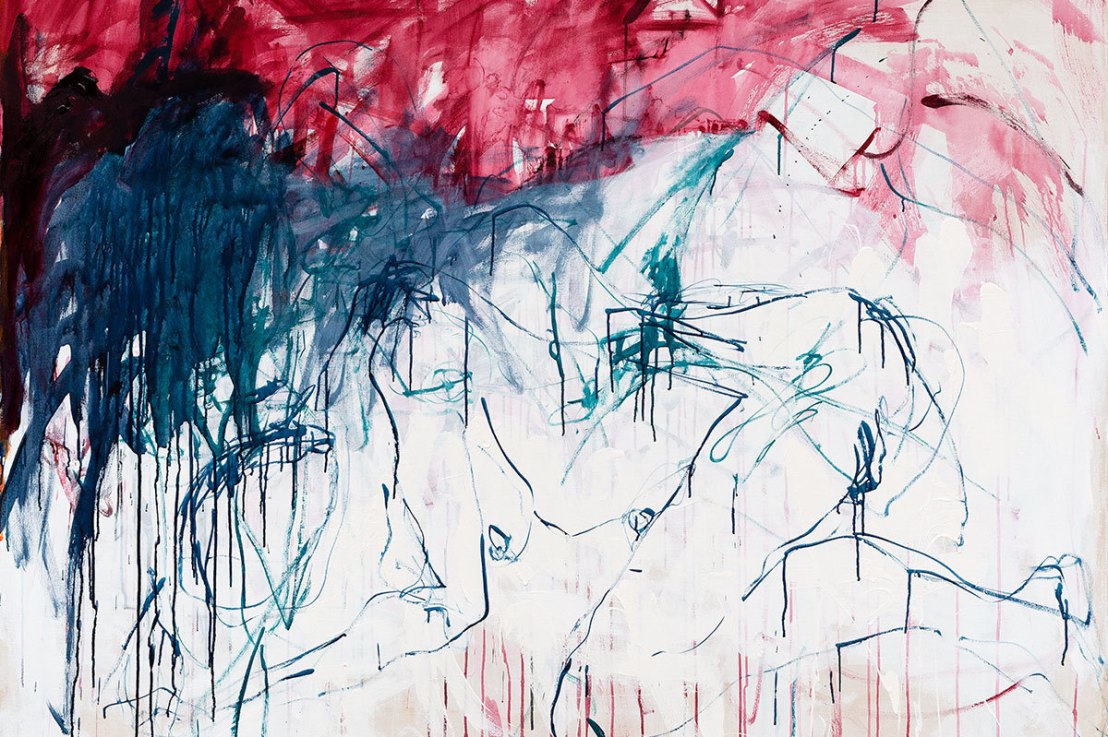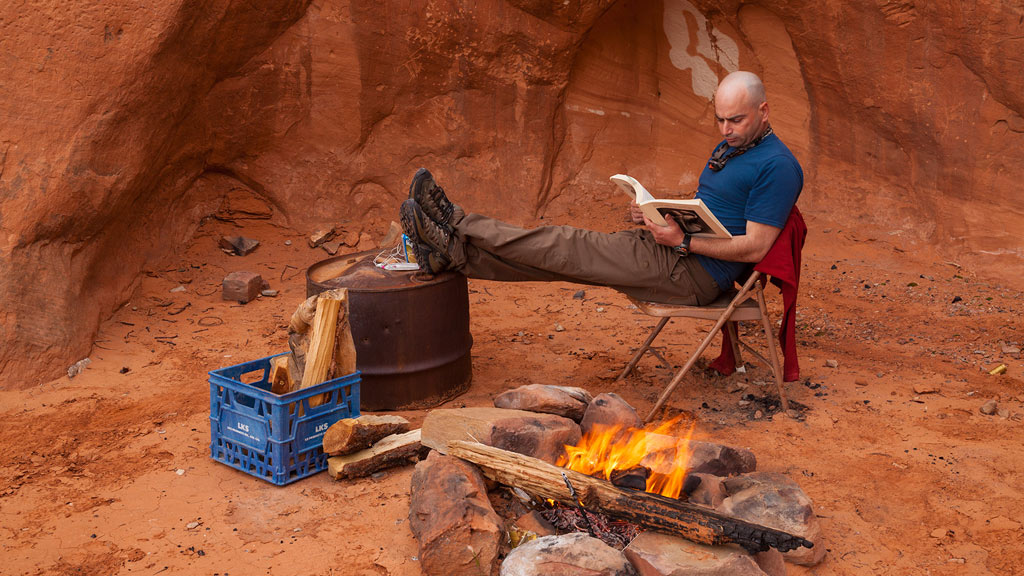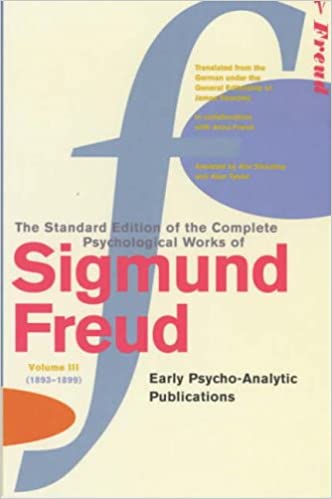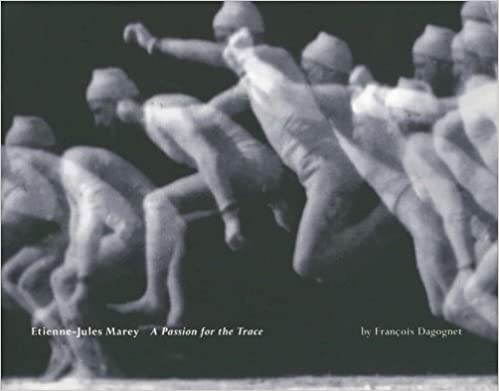Gut Tal gave a very informative lecture to the RPS Digital Imaging Group on 26 June 2021. The subject was Creativity and Expression in Photography.
Photography has been considered as a potential art form since the middle of the 19th century (Roger Fenton 1852).
Today the fundamental drivers of this art form are Creativity and Expression.
Guy Tal explains that:
“Adding something of ourselves to our productions is the essence of creativity.”
“Idealising is the essence of expression”
What is Creativity?
“The creative work is a novel work that is accepted as tenable or useful or satisfying by a group in some point in time.” (Morris Stein)
Other terms used are effective, valuable, appropriate, meaningful.
“Creative ideas should be new, useful and non-obvious.” (Dean Keith Simonton)
Other terms used are surprising, unexpected.
We want to strive for creativity because:
“Most of the things that are interesting, important, human are the results of creativity – our language, values, artistic expression, scientific understanding, technology.”
also:
“Creativity is so fascinating that when we are involved in it, we feel that we are living more fully than during the rest of our life.” (Mihaly Csikszentmihalyi)
If your photography is giving you a sense of flow “The best moments usually occur when a person’s body or mind is stretched to its limits in a voluntary effort to accomplish something difficult and worthwhile.”
Technical qualities and aesthetic appeal are not reliable measures of artistic excellence.
Creativity cannot be automated, regulated to algorithms, reduced to stepwise recipes or copied from others. Creativity is based on originality, value / usefulness and non-obviousness.
What is (Self ) Expression?
Expression:
“A mode, means or use of significant representation or symbolism … the quality or fact of being expressive” (Merriam-Webster Dictionary)
Expressive:
“effectively conveying meaning or feeling”
Self-Expression:
“the expression of your thoughts or feelings especially through artistic activities” (Merriam-Webster Dictionary)
Not just aesthetics, not just objective appearances, not just proof that you visited certain places or got lucky to see certain things. Self-expression is about the things you felt. Your subjective inner experiences. It’s about the things you consider not just beautiful or interesting but also personally meaningful.
“IT ISN’T WHAT A PICTURE IS OF, IT IS WHAT IT IS ABOUT” (John Szarkowski)
Experiences
Moods / Emotions / Sensations / Revelations / Discoveries / Learning
These produce an expressive photograph of things but about the above.
What is Art?
Art by formal definition is something created (not something occurring naturally or randomly) by conscious human beings (not by machines, chemistry or computerised algorithms).
Creation is the common denominator.
The process of making an expressive photograph:
Concept/Composition/Capture/Processing/Presentation
The most powerful stages of the process are composition and processing. Concept is slightly less important as is presentation and capture is the least influential.
Composition is the most important.
When thinking about composition, understand the science (eg Gesalt Psychology and Neuroaesthetics).
Cultivate your photographic intuition – practice mindfulness – train yourself to become a divergent thinker – what is your gut feel – take knowledge about art from as many sources as possible – learn the history – consider art in disciplines beyond photography – practice constantly – expect to fail a lot.
What parameters need to be considered when creating a photograph?
Perspective / Framing / Balance the distribution of visual weight to control viewer attention.
Prioritisation: The arrangement of colours and lines is entirely independent of the representation of facts (Ruskin)
Equivalence.
Steiglitz developed the theory of equivalence. The quality that makes photographs subjectively expressive. Quality made photographs powerful.
Steiglitz said “What is of greatest importance is to hold the moment, to record something so completely that those who see it will relive an experience of what has been expressed”
It hovers between the visible and the imagined. (Fenton 1896)
“I perceive the world around me as an experience of emotional and spiritual substance. I record this with my camera. I present the photograph as an equivalent of my response to this world which I wish to share with the spectator.’ (Albert Steiglitz)
‘But only if it means something to him.’ I hope it will mean something to him, but not necessarily just what it means to me.’ (Ansel Adams)
Guy Tal confirms that our work needs to be personal but by making it so we run the risk of people not understanding it. This is a risk we must take. Drive by your own passion and you will receive instant reward.
Visual Metaphors
The meaning of your photo will be very different to the factual elements. Trees may be moody for example. The photograph that demonstrates these metaphors is because of the way it has been structured by you, the artist.
Photographs of a certain subject will be about what the photographer / artist perceives in the creation of his picture (showing his mood etc.)
Photography is not just one thing
“To compete with the painter is not really our destiny; we are on the way to speaking our very own language. With it we will have to create our own literature. You will have to decide for yourself what kind of works you want to create. Reports of facts, essays, poems – do you want to speak or to sing?”
“Disinterested in scientific objectivity, I want to transform reality with a poetic conception by relating the unrelated into vision – forcing the viewer to feel what I felt as well as to think what I thought.” (Ernst Haas)
Guy Tal Conclusion
Expressive photographs convey meaning or feeling. They are subjective / created / metaphorical
Self-Expressive photographs show expressed or experienced meaning.
My Reflection
The idea that creative ideas should be new, useful and non-obvious is interesting. I would not have thought of creativity as useful in terms of art although in other media I can see the point.
Expression is put on the same level of importance as creativity and it is expression and self-expression which help in constructing the image particularly at the composition and processing stages of the image development.
Equivalence is a difficult concept to grasp and I’m not sure I have grasped it fully. I think it means that when creating a photograph, try to squeeze as much of the feelings of the current situation into the photograph to give the viewer some essence of your personal experience.
Visual metaphors are also crucial to the photographic artist. There is no point in photographing a tree in order to identify its species unless that is your sole purpose. For your work to be regarded as art you must give the tree a more significant purpose.
During the question and answer session, two books were mentioned which I have managed to purchase.
‘Art and Visual Perception’ by Rudolf Arnheim is a very good theory behind Gesalt Psychology and gives some useful tips on what to expect of the viewer which could influence the way the photograph is constructed.
”More than a Rock’ by Guy Tal is a series of essays on Art, Creativity, Photography, Nature and Life. His philosophy is that making the art is somehow more rewarding that the art itself.
From my own perspective, I am starting to understand that I can only produce good photography if I am fully engaged / possessed by the subject matter.
Credit for featured Image – Guy Tal
